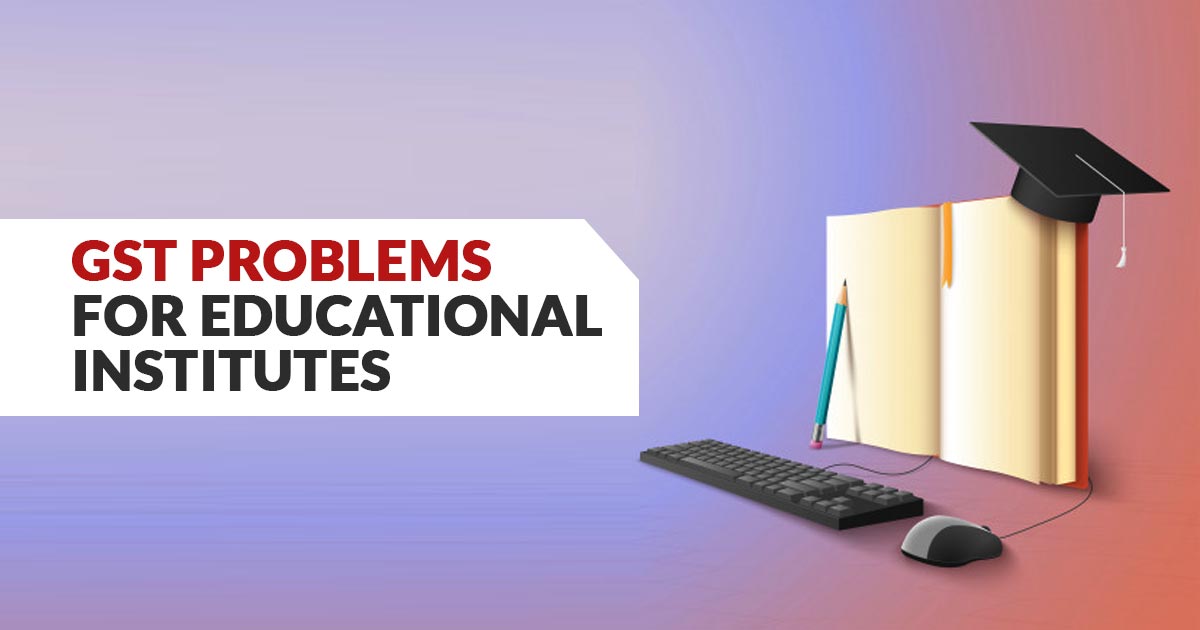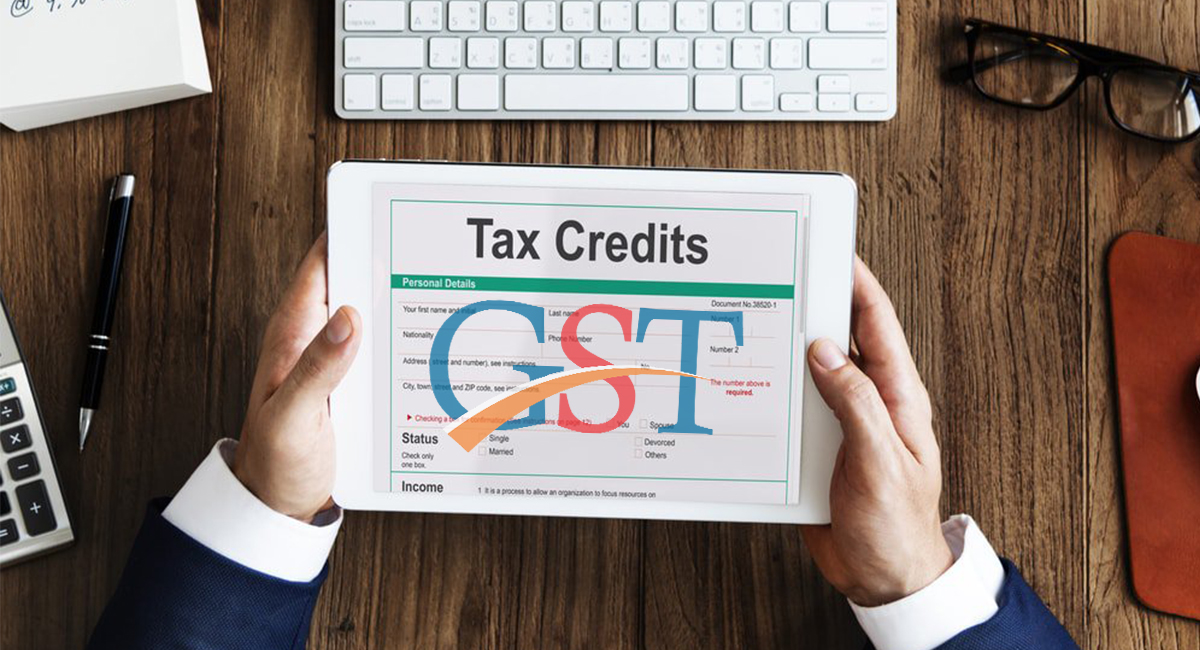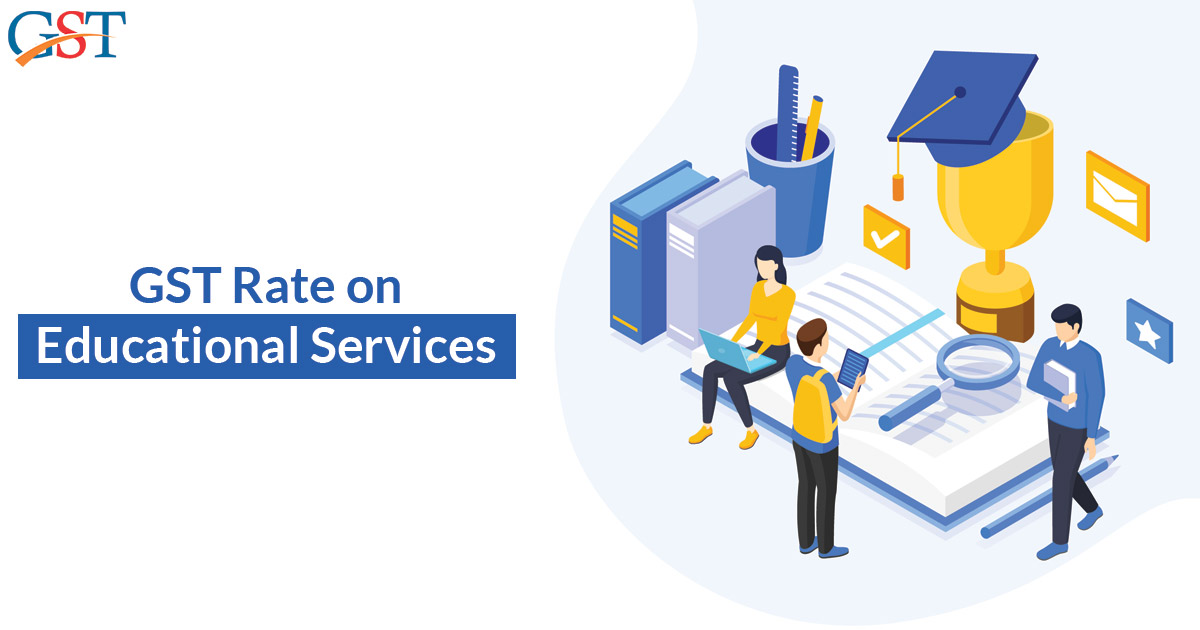Due to the lockdowns and restrictions caused by Covid-19 Pandemic, schools and colleges started conducting online classes but now they will face a problem under the Goods and Services Tax (GST) structure.

Actually, many educational institutions chose to provide e-learning facilities to their students, and because of this, they invested in IT equipment and infrastructure. It was a good move to impart education to their students but now they have to observe the cost of GST.
The problem arises because primary, secondary, and college education are considered essential services thus GST doesn’t apply and hence tax cannot be passed on to students.
These institutions have been watching their input tax credit under GST system 
After the entry of Coronavirus, institutes had invested heavily in software, IT infrastructure, servers, and data protection to conduct classes and examinations online. And now many of them reached out to the government.
Abhishek A Rastogi, partner at Khaitan & Co, which is a law firm said that “In the virtual world, the use of information technology and new systems is imperative but these come with the additional GST cost and these costs are leaving a tax cascading effect for suppliers such as education services institutes“.
Many of these institutions are knocking on the doors of courts in this regard. Many industry experts believe that The problem is bigger for institutions having multiple branches.
Read Also: GST Rate Applicable to Educational & Training Services

Rastogi stated that “The problem is that the inverted duty structure refund is restricted to only taxable supplies and the moot point remains whether the judicial review is necessary to extend the benefit to the exempted category”. For many educational institutions, the accumulated tax credit will reach crores. Tax experts believe that there may be some way to solve it, however, they also admit that these ways will require government permission.
MS Mani, partner, Deloitte India said in the matter that “One of the ways of mitigating the GST cost on procurements for educational institutions is to provide for a system of end-use based exemptions. Since the GST regime was set up with the objective of minimum exemptions and considering the fact that end-user exemptions have been misused by certain other sectors in the past, there would be a reluctance to consider the same”.
But the problem is not only with education centers, but hospitals are also facing the same issue for some time, and the entry of COVID 19 made the situation worse. It is because GST is levied only on a few certain cosmetic surgeries and not on several procedures and operations that are essential.
Additionally, many hospitals have invested in IT infrastructure and they don’t have an idea to set it off. It is because GST cannot be applicable to patients who are taking online consultations or services that are out of the radar of the indirect tax.
Institutes such as the Indian Institute of Management (IIMs) and Indian Institute of Technology (ITTs), were also facing the same issue as GST is applicable to some of the executive programs and they are passing on GST to students on such executive programs.
There are a number of courses that don’t attract taxes thus institutes invested in IT equipment, infrastructure and delivered online classes for them, even they paid GST but now they can’t pass it on to students.










Nice article.thanks